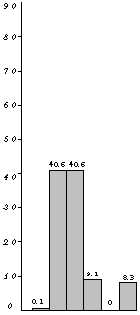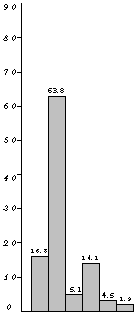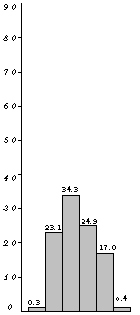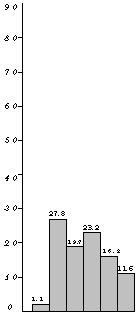
| Home | General Index | Index of scientific subjects |
- part three -

| Home | General Index | Index of scientific subjects |
Yes - the solution is to organize the coinage by my Series rather than by the previous classification system. So we add Classes VI - V - IV, to make Series X, then Classes I and I I I to make Series Y, and we leave Class I I on its own as Series Z. I came about this the other way. I had already reclassified the coinage, and one day, just for fun, I thought it might be interesting to see if there really were distribution patterns visible in the hoard structures. Imagine my joy and surprise when I saw the following:
 Merdrignac (502) |
 Roz-Landrieux (89) |
 Trébry (1756) |
 Penguilly (86) |
It surprised me that the hoards divided themselves in two so clearly, especially considering the difference in the sizes between both hoards in each group. You will notice that Series Z does not follow this pattern. This is further evidence that this Series does not belong in this area.
Although the types in the hoards are mixed, there is still a very clear geographical difference that is based upon which side of the river the hoard was found, rather than the distance between hoards. From this pattern it was easy to see the dominant direction of travel at this time.
 Merdrignac (502) |
 Roz-Landrieux (89) |
 Trébry (1756)
Trébry (1756) |
 Penguilly (86) |
The previous charts have confused the factors of time and geography. Knowing this we can now look at them in a different light. An anomalous hoard that received liitle special attention was Merdrignac. It contain no Class III coins, but it did contain Class II. Under normal circumstances this should not be, and with over 500 coins in the hoard, some explanation should have been offered. Again it says that The Class III coins had not yet been minted, or they were so new that they had not reached that site, and the Class II coins had been minted and had travelled even further from their mint site. The date of the Roz-Landrieux coins was later as can be seen by the proportion of Classes VI - V - IV as compared with those of Merdrignac.
The reluctance to treat the art historical method seriously, together with other shortcomings of archaeology and numismatics to utilize inter-disciplinary approaches has led to many instances similar to those I have illustrated here.